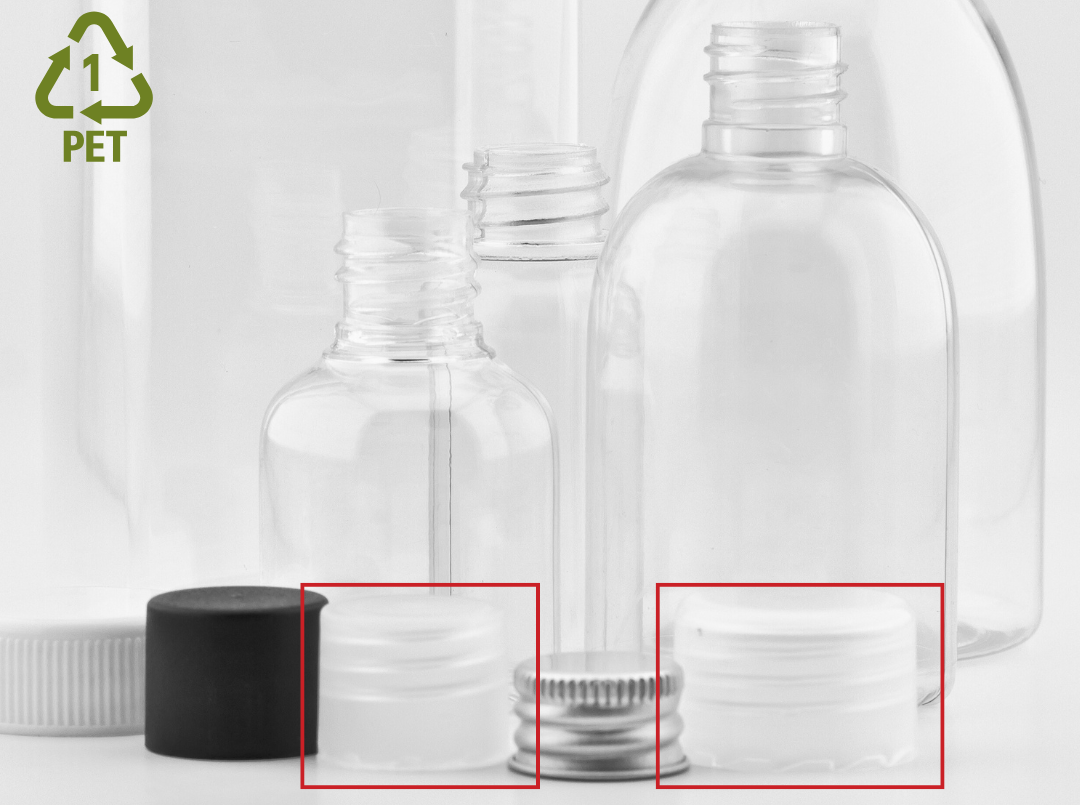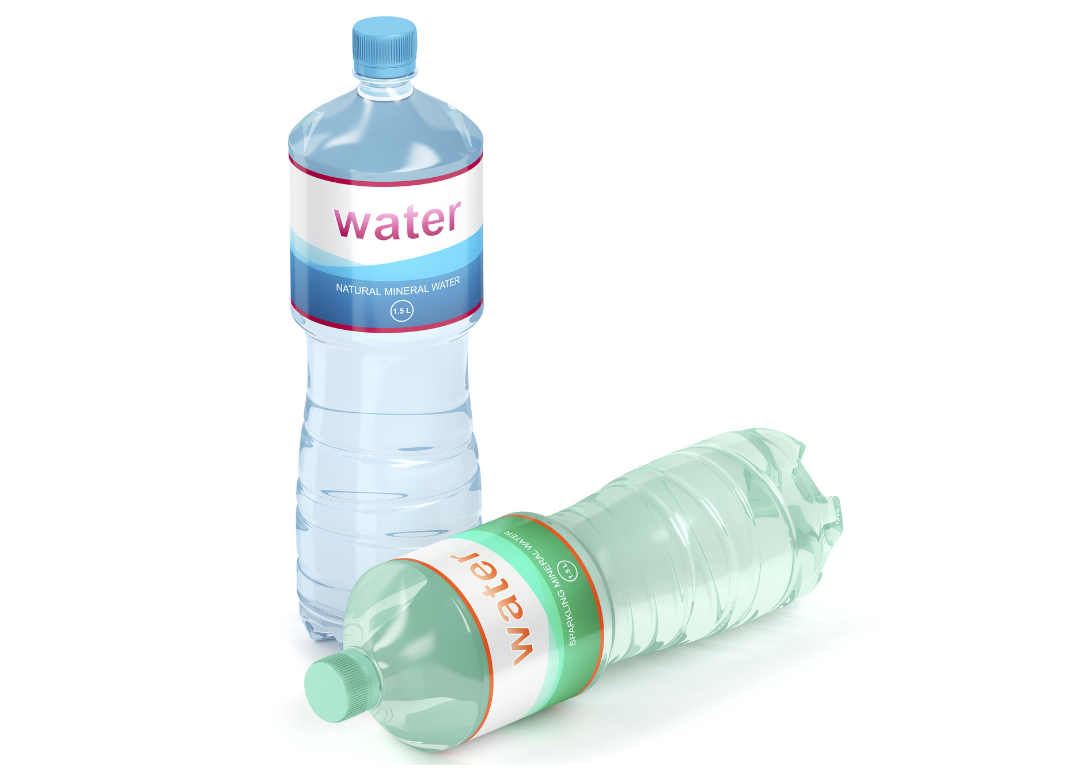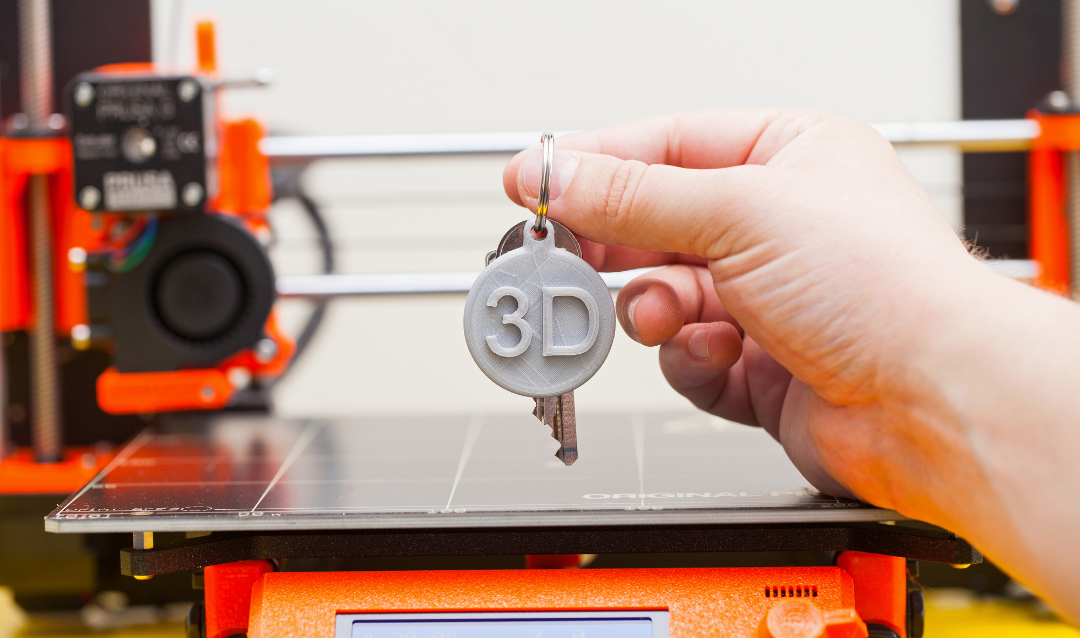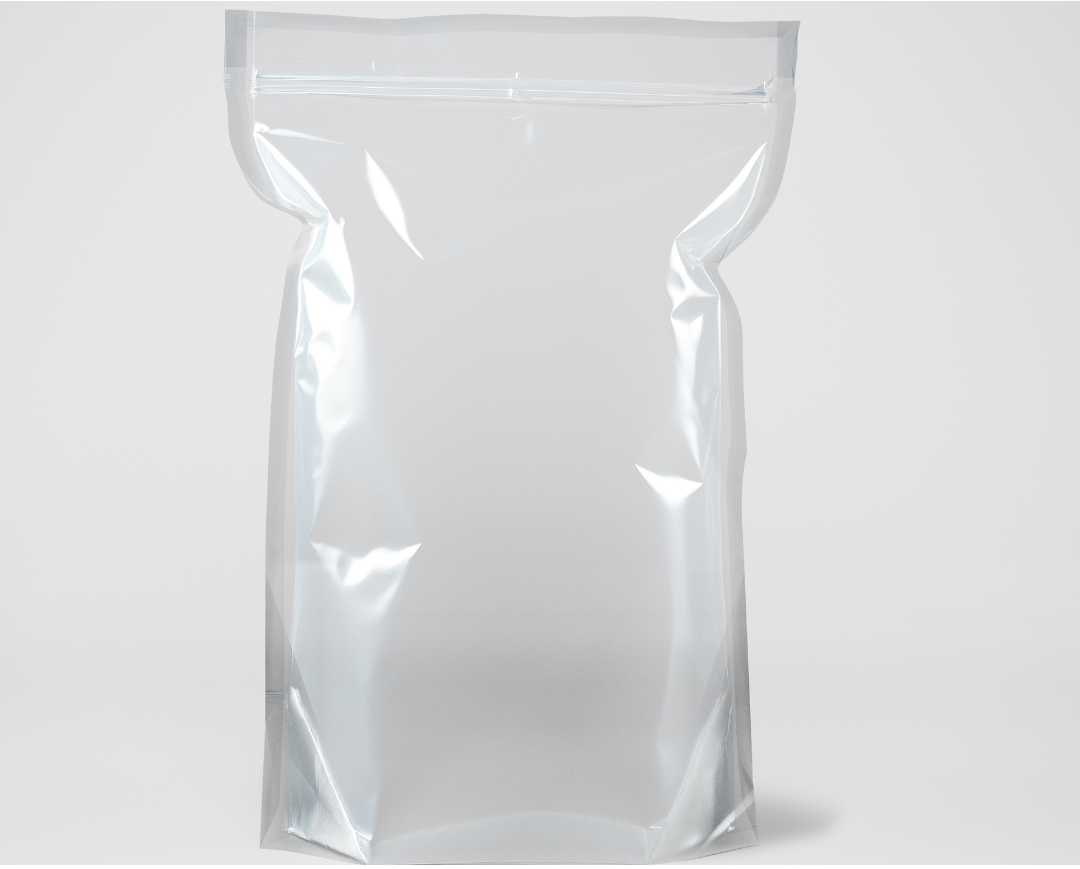
Unlocking the Potential of PET: A Path to Sustainable Monomaterial Packaging
Plastics Technology Magazine's Contributing Editor emphasizes that in sustainable packaging, the crucial concept is "monomaterial." A thought arises: Monomaterial packaging, particularly when made from recyclable materials like PET, plays a pivotal role in driving sustainability within the packaging industry, aligning with global goals for a circular economy.
Monomaterial PET Integration Breakthrough: PET-Based Caps for Rigid Packaging
In August 2023, the world saw the launch of the first-ever bottle cap made from recycled PET (rPET). This breakthrough, powered by advanced thermoforming and slit-and-fold technology, paves the way for large-scale production of PET caps, with the possibility of using virgin PET resin or bio-based PET.
After extensive testing, these PET caps have proven to offer superior oxygen and carbon dioxide barrier performance compared to HDPE and PP caps. Compatible with the PCO 1881 standard neck finish (an ISO-certified specification), these caps boast manufacturing efficiency exceeding 98%. This innovation will not only help water and carbonated beverage brands achieve all-PET container designs, but also significantly boost packaging recyclability, contributing to a circular economy.
The Challenge: Labels Complicate Beverage Bottle Recycling
But there's one problem we often overlook: In rigid PET packaging, while bottles are the main design focus, the label plays a crucial role in helping consumers distinguish between brands and functions, guiding them in choosing their preferred beverage. However, the presence of labels complicates the recycling process.
Data shows that around 70% of beverage bottle labels are made from PP (Polypropylene) and PVC (Polyvinyl Chloride), materials that differ from PET bottles, impacting the efficiency of recycling systems. This leads to lower recycling rates for plastic bottles and increases sorting and processing costs.
To address this, the EU's Plastic Packaging Directive and Single-Use Plastics Directive are pushing for "monomaterial" packaging designs, requiring labels and bottles to be made from the same or compatible materials to improve recycling efficiency and resource utilization. Countries like India, Indonesia, South Africa, and Nigeria are encouraging the use of labels compatible with plastic bottle materials to enhance the recyclability of plastic packaging.
Is Integrating Labels with PET Bottles Feasible?
Given the challenges surrounding traditional labels, could PET be the solution the industry urgently needs to replace them?
PET plastic, with its exceptional flexibility and transparency, offers a compelling advantage in direct printing and heat transfer applications. These properties make PET an ideal material for producing high-quality, visually appealing labels that seamlessly integrate with packaging.
With its smooth, clean, and transparent surface, PET is perfectly suited for direct printing techniques. Whether through UV printing or screen printing, the content adheres firmly without compromising the overall performance of PET. Additionally, heat transfer printing leverages PET's heat resistance and superior pattern retention. The transparency of PET, when combined with printed designs, not only effectively displays product information and enhances brand recognition but also elevates the visual appeal of the packaging.
One notable advantage of PET in label applications is its compatibility with 3D printing technology. This allows labels to be directly printed onto the PET bottle, eliminating the need for traditional label materials such as paper or plastic films. By printing labels directly onto the bottle, there is no need for additional adhesives or layers, which often complicate the recycling process.
Integrating labels directly with PET bottles, in this seamless way, supports the circular economy and sustainability goals while minimizing the environmental impact of multi-material packaging.
Can PET Flexible Packaging Achieve Sustainable Monomaterial?
PET resin has firmly established itself in the soft packaging sector due to its outstanding physical properties, such as transparency, tensile strength, thermal stability, and gas barrier performance. With its sustainability attributes, PET is increasingly becoming the material of choice across industries, including food and beverage packaging, cold chain logistics, pharmaceuticals, and personal care products. But here's another crucial question: Is a single-PET material soft packaging design truly feasible?
One challenge that remains is enhancing the flexibility and elongation of PET materials. Compared to commonly used soft packaging materials like biaxially oriented polypropylene (BoPP) and biaxially oriented polyethylene (BoPE), biaxially oriented PET (BoPET) still falls short in terms of flexibility. It is more prone to cracking and deformation during thermoforming processes. As a result, manufacturers often use composite or laminated structures, combining BoPET with other materials to improve its flexibility and elongation, thereby meeting the diverse demands of different packaging applications.
This raises a critical question: Can advancements in material science and manufacturing techniques overcome these limitations, allowing PET to evolve into a sustainable, single-material solution for soft packaging? The potential for PET as a monomaterial in packaging is a step towards achieving greater sustainability, but it requires continuous innovation and optimization.
Feasibility Analysis
In fact, PET films excel in several key areas—such as barrier properties, tensile strength, and thermal stability—compared to many other soft packaging materials. Particularly in applications with high demands for gas barrier properties and mechanical strength, PET demonstrates unique advantages.
To enhance the potential of PET films in soft packaging, the key lies in selecting high-performance, tailored PET resins. This depends largely on the technological innovations and research capabilities of PET resin manufacturers. At Wankai New Materials, advanced modification methods like copolymerization and nanomodification have significantly enhanced PET's critical properties, such as thermal stability and UV resistance.
In terms of improving PET's applicability in flexible packaging, optimizing polymerization processes and precisely controlling PET's molecular weight through refined molecular chain alignment are crucial. This approach ensures that while maintaining its mechanical strength, PET's flexibility and stretchability can be significantly improved.
Additionally, optimizing the stretching process is another important strategy. Adjusting the thickness of PET films can enhance their flexibility for specific applications. For instance, using thinner PET films may improve stretchability, but a balance must be maintained with gas barrier and tensile strength requirements. Heat treatment or annealing processes can also improve the internal structure of PET films, optimizing molecular alignment for better flexibility and stretchability in various applications.
Conclusion
The integration of PET resin materials in packaging, both in rigid and flexible formats, holds significant promise for advancing sustainability in the packaging industry. With continuous technological advancements, PET is poised to play a central role in reducing multi-material waste, enhancing recyclability, and supporting sustainability across various packaging applications.
References
The references are sourced from Plastics Technology, a globally renowned online platform and magazine for the plastics industry:
1. In Sustainable Packaging, the Word is ‘Monomaterial’





